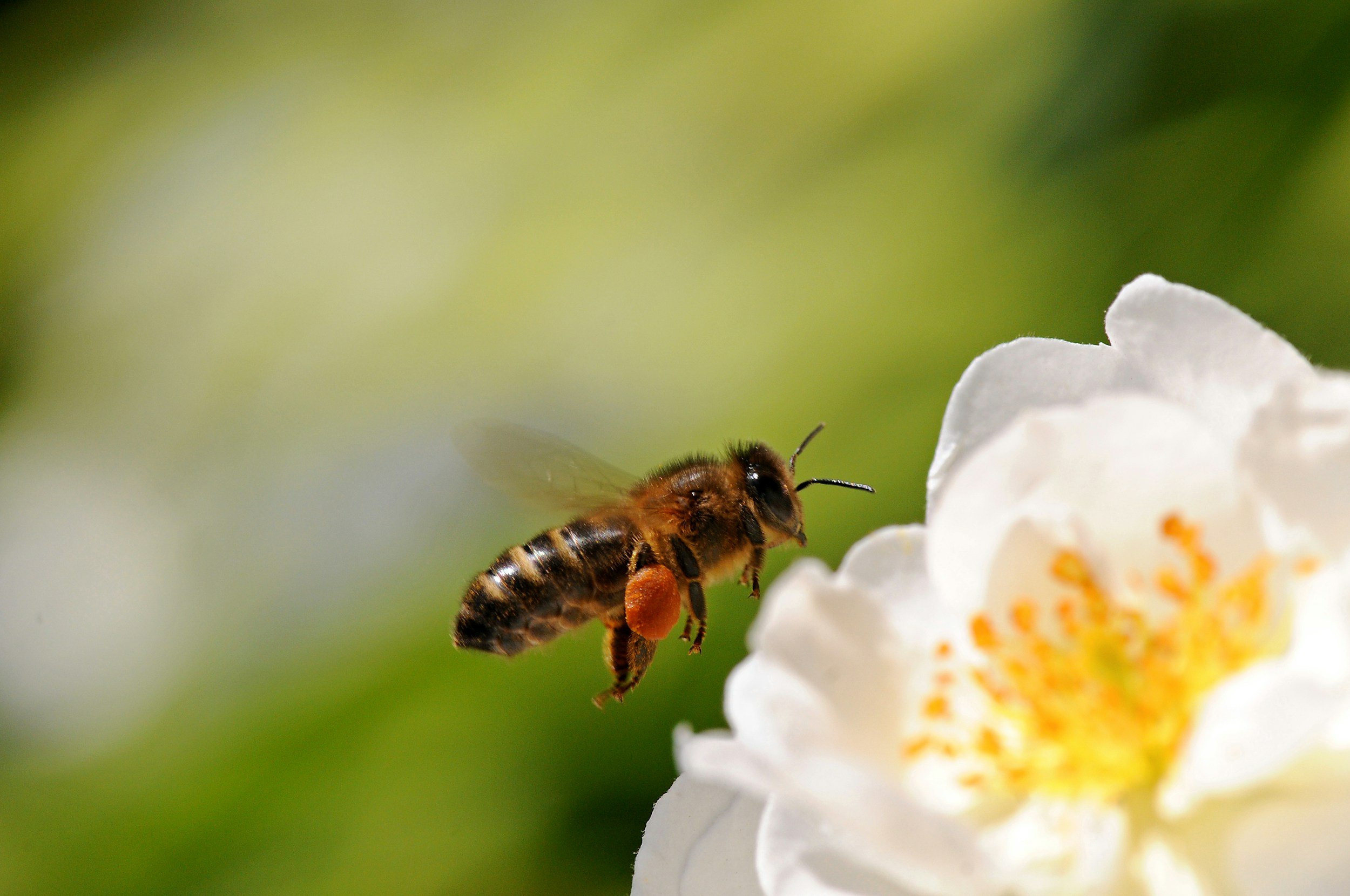Green Pest Control: Eco-Friendly Alternatives That Work
As the pest control industry evolves, so do client expectations. Today’s commercial and residential customers are more environmentally conscious than ever — and they’re looking for pest control providers who can deliver effective results without compromising their health or the planet.
For pest control companies and certified applicators, offering green pest control solutions is no longer just a niche option — it’s a competitive advantage. But what does eco-friendly pest control look like in a professional setting, and how can it be both effective and compliant?
Let’s explore proven green alternatives and best practices that align with industry standards and client demands.
What Is “Green” Pest Control?
Green pest control refers to integrated, environmentally responsible methods that minimize the use of traditional chemical pesticides while still effectively managing pest populations. For professionals, this often means using a combination of:
Integrated Pest Management (IPM)
Botanical or biopesticides
Low-impact formulations
Mechanical and exclusion methods
Client education and sanitation guidance
The goal is to disrupt the pest life cycle with minimal collateral impact on non-target species, water sources, indoor air quality, and beneficial insects.
Key Components of a Green Pest Control Program
1. Integrated Pest Management (IPM)
At the core of eco-friendly pest control is IPM — a strategy endorsed by the EPA and many state regulatory agencies. It emphasizes prevention, monitoring, and targeted interventions.
For professionals, a successful IPM program includes:
Regular inspections and monitoring devices
Accurate pest identification
Threshold-based action plans
Non-chemical controls first (sanitation, exclusion, mechanical)
Precise, minimal-risk applications when necessary
IPM not only reduces chemical usage but also leads to longer-term control and fewer callbacks.
Read the full IPM article here.
2. Botanical and Biopesticide Products
Today’s market offers a growing range of EPA-registered biopesticides derived from natural materials such as:
Essential oils (e.g., rosemary, clove, peppermint)
Microbial agents (e.g., Bacillus thuringiensis, or Bt)
Insect growth regulators (IGRs)
Diatomaceous earth and boric acid
Many of these products are effective against common pests like ants, roaches, mosquitoes, and bed bugs — especially when used strategically. It's critical to evaluate their label claims, mode of action, and application methods for professional use.
Tip: Look for 25(b) exempt products (minimum-risk pesticides) that meet EPA standards but don’t require federal registration, depending on your state’s regulations.
3. Low-Impact Application Methods
Even when chemical intervention is necessary, how you apply it makes a major difference. Consider:
Bait formulations over broad sprays
Crack-and-crevice injections
Targeted dusting in voids
Spot treatments instead of perimeter-wide coverage
Using the right tools — from bait guns to gel applicators — helps reduce off-target exposure and environmental impact.
4. Physical and Mechanical Controls
Clients often overlook the value of non-chemical interventions, but these can be both eco-friendly and highly effective. Common methods include:
Sealing entry points with copper mesh or exclusion foam
Installing door sweeps and weather stripping
Using sticky traps and mechanical devices
Vacuuming live insects (e.g., bed bugs, spiders)
Offering physical exclusion as part of your service adds value and reinforces your commitment to long-term, sustainable control.
5. Client Communication and Education
The success of green pest control often depends on client cooperation. Your team should:
Explain the importance of sanitation and waste management
Provide tips on moisture control, storage, and landscaping
Set expectations for gradual, steady results rather than “one-and-done” solutions
Educating clients strengthens relationships and supports long-term control — without over-relying on chemical solutions.
Why Go Green?
Adopting greener pest control practices offers several benefits for your company:
Market differentiation: Eco-conscious branding can attract both residential and commercial clients.
Regulatory alignment: Staying ahead of evolving pesticide regulations reduces risk.
Customer retention: More informed clients prefer sustainable, low-risk services.
Technician safety: Reduced exposure to harsh chemicals protects your workforce.
Whether you market it as “green,” “organic,” “eco-friendly,” or simply “smart pest control,” the shift toward sustainable methods is a win-win.
Final Thoughts
Green pest control isn't about eliminating chemicals entirely — it's about making smarter, more responsible choices that balance efficacy with environmental stewardship. By integrating eco-friendly products and practices into your service model, you're not only protecting your clients and the environment — you're building a forward-thinking, resilient business.
Your next step? Train your team and start integrating solutions into your daily operations. The demand is there — make sure your business is ready to meet it.
Turn your team into a well oiled machine!
Subscribe to Pest Pro University for in-depth training for technicians, office staff, and more.
**Always follow local, state, and federal laws when applying pest control products. Use proper personal protective equipment (PPE) and strictly adhere to all product label instructions—the label is the law.


